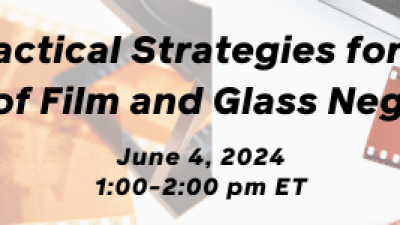
Creating a well-written request for proposals (“RFP”) takes a lot of time and effort. As tempting as it can be to rush through the RFP writing process, you need to do it carefully to prevent problems down the line.
A good RFP (and associated evaluation process) will not only help you identify the right contractor or solution, but also allow you to flush out potential third-party risks and remediation issues before you enter into a contract. Your RFP will:
- Ensure clarity around requirements of what you need, and expectations between you and the contractor
- Improve the accuracy and completeness of proposals and statements of work
- Tease out issues and potential risks early on in the process
- Make it easier for you to evaluate contractors and solutions by ensuring you have the relevant information you need to make an apples-to-apples evaluation
In most cases, you’re doing RFPs when you need more complex, costly, and/or mission-critical services or solutions. The biggest risk you take with these types of projects is that the third-party contractor won’t deliver, a risk which a poorly written RFP dramatically increases. Some of the reasons why can include:
- Incomplete or inaccurate technical or functional requirements
- Unreasonable delivery timelines
- Unclear roles and responsibilities
- Vague or inconsistent evaluation factors
Get one of these wrong in your RFP and you’re likely to have a problem. Get all of them wrong and you’re at high risk for a major failure.
Though it’s important to be thorough in these areas, longer is not always better when it comes to RFPs. It’s not about the quantity, but the quality. I recommend shorter RFPs that are substantive yet concise, and easy for the contractor to understand. Regardless of the size of your RFP, there are eight sections it should contain.
- Executive overview: frames the purpose and objectives for the project
- Company background: provides the contractor with context about your organization
- Functional, technical and business requirements: details everything that the contractor and/or solution needs to do
- Pricing information: defines all components and your preferred pricing structure (i.e. fixed fee, cost reimbursable, etc.)
- Deliverables and timelines: outlines what you expect to be produced and by when
- Responsibilities of both parties: clarifies the role your team will play and what you expect of the contractor
- Evaluation process and key factors: establishes how you’ll evaluate proposals and what factors are most important to you
- Guidelines for proposal submission: makes it easier for you to compare apples-to-apples
One other piece of advice: share your standard terms and conditions up front along with your RFP. Doing so:
- Allows you to communicate your risk-mitigating terms and conditions early on so you can identify any potential deal-breakers before you get too far down the road
- Gives you leverage in the contract negotiation process
- Speeds up the contracting process when/if you get there
So, stop sleeping on your RFP. It is a critical tool for reducing risk with your third parties, before you enter that contract and it’s too late.
A version of this article originally appeared on the Vendor Centric blog.
About the author:
Tom Rogers is a trusted advisor to organizations across the United States, having worked with more than 150 nonprofit organizations over his career. His firm, Vendor Centric, specializes in helping organizations align the right people, processes, and systems to mitigate third-party risk and drive more value from third-party contracts and relationships. He is a frequent speaker and writer on the topics of procurement, third-party risk and vendor management, and hosts the Rethinking Vendors podcast. He has previously served as adjunct professor at Georgetown University and on the NIST Board of Examiners for the Malcolm Baldrige National Quality Award. He also currently serves on several nonprofit boards and committees.
Skip over related stories to continue reading article







Comments